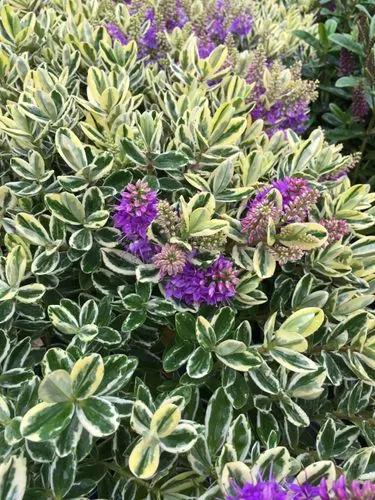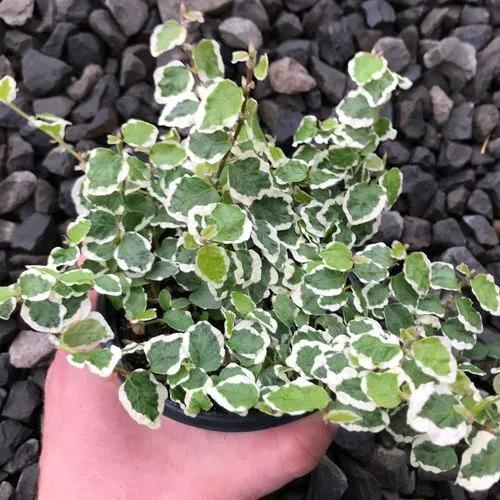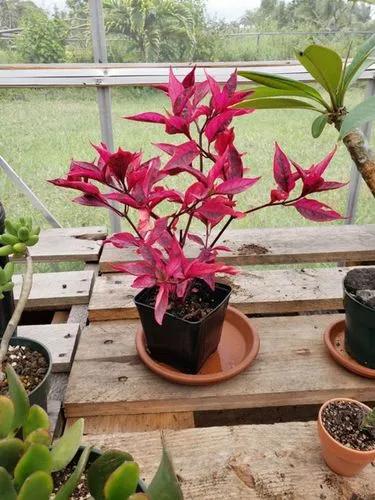Pink Dalmatian Aglaonemas are easy to care for and charming plants that add a splash of color to your home. These tropical evergreens remain vibrant throughout the year and are relatively small, meaning they take up little space and are easy to manage.
Pink Dalmatian Aglaonema Care
Aglaonema 'Pink Dalmatian'



The pink Dalmatian Aglaonema, also known as the Chinese evergreen, the pink Chinese evergreen, the Filipino evergreen, or sometimes just the Aglaonema, is a perennial member of the aroid family. It is a typical house plant worldwide, though it initially comes from Southeast Asia.
These plants are identified by their broad, glossy green leaves, often dotted with vibrant pink markings. They also tend to be slow growing, usually short and compact, though they can get up to 1-2 feet (0.3-0.6 m).
Pink Dalmation Aglaeonemas are evergreens, meaning they will remain vibrant in your home throughout the year.
How to Care for the Plant

Water

We recommend one heavy and deep watering once a week. An excellent way to tell when your plant has had enough to drink is when you can see water appear from the holes at the bottom of the pot.

Pruning

These plants generally do not need pruning, but cutting back new foliage will help them to keep a rounder shape. If plants become too thin to hold their weight, cut stocks to the level of the soil, and they should grow back stronger.

Fertilizer

This greenie thrives with high-nitrogen fertilizers, though all-purpose fertilizer is also great. Make sure to feed them once every two weeks.

Sunlight

The plants like indirect and moderate to bright light. The less light it has, the less growth you will see, but direct sunlight can burn the leaves. So, aim for a south-facing window… But move your greenie away from it!

Soil

Nutrient-rich, moist peat soil is best for pink Dalmatian Aglaonemas. Make sure it's slightly acidic.

Propagation

Propagation can be done through cuts. Remove larger sprouts with sufficient leaves by cutting them at the base of their stem. Place the cuts into a jar of water and in a warm place with plenty of indirect sunlight. Change the water regularly while waiting for a period of 6 weeks for roots to sprout. Afterward, follow the instructions listed in this article.
Pink Dalmatian Aglaeonemas can also be grown with seeds, which can take up to 60 days to germinate. Place the seeds slightly under the surface of a peat soil mix; prepare the seeds with a seed wash before and place the pot in indirect light afterward.

Temperature

Keep your plants at 70-85˚F (21-29°C) temperatures. Colder temperatures and frost especially can be damaging to pink Dalmatian Aglaeonemas.

Container

These guys do not grow quickly, so they do not require constant transplanting. Pots that are about 10 inches (25 cm) deep are perfect. Just remember to get a pot with sufficient drainage, as waterlogged soil damages pink Dalmation Agleaonemas.

Fun fact

Pink Dalmatian Aglaeonema can flower due to stress. Flowering is also a normal process of the plant's life.

Popularity

398 people already have this plant 118 people have added this plant to their wishlists
Discover more plants with the list below
Popular articles






